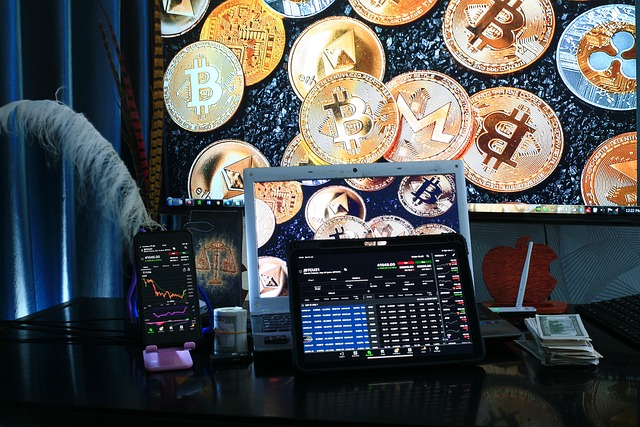
Why this token has become so popular among crypto investors, what are its advantages, how much is the commission and what the future holds for Cardano. At one point, Cardano ranked third in the list of the largest cryptocurrencies by capitalization, second only to bitcoin and USDT. Now the project closes the top 10, remaining one of the most popular coins among investors.
What is Cardano
Cardano is a cryptocurrency issued on a blockchain created from scratch, working on the Proof-of-Stake (PoS) algorithm, designed for the development of smart contracts, as well as the creation of full-fledged decentralized applications dApps. Among the project’s goals: improving network scalability, interoperability, and resilience for efficient
Representatives of the project claim that it adheres to the principles of openness and transparency. All research and technical specifications that are relevant to Cardano are placed in the public domain.
History of Cardano’s creation
The project was founded by former Ethereum developers Charles Hoskinson and Jeremy Wood. In 2014, they were not in agreement with the course of development of “etherium”, so they started their own business.
In 2015, Hoskinson and Wood created Input Output Hong Kong (IOHK), which started developing Cardano. Later, as is always the case with the creation of such projects, the non-profit organization Cardano Foundation was also launched. The internal cryptocurrency ADA, which is used in the Cardano network, was named after the first programmer in history, Ada Lovelace.
On September 29, 2017, Cardano was officially launched. Trading of the token started a few days later – on October 1. Since then, the cryptocurrency has risen in value by 2,342%, although it is now trading well below historical highs – at $0.4 versus a peak of $3.1 set in the fall of 2021.
What is the Cardano roadmap (ADA)?
The Cardano Roadmap is a project development plan divided into five eras: the Byron, Shelley, Gauguin, Basset, and Voltaire eras. Each era refers to a specific functionality. Although the epochs are sequential, work on each is done in parallel – research and development often go on simultaneously.
The first epoch – “Byron”
This era is also called the foundation. With it, the first version of Cardano was launched. Users were able to buy and sell ADA cryptocurrency in a network operating on the Ouroboros consensus protocol. Also in the Byron era, the Daedalus wallet (the official desktop wallet for ADA) was launched, as well as the Yoroi wallet designed for fast transactions and everyday use.
In addition to the first technical developments, this fundamental era was associated with the creation of the Cardano community. As a result, the number of users of the project approached 500 thousand, and the cryptocurrency was represented on more than 30 exchanges.
The second era – “Shelly”
The “Shelly” era was the first steps of the project on the way to decentralization. As it evolves, more and more nodes of the Cardana network will come under community management. Another milestone is the introduction of a delegation and incentive system, rewards for steak pools and the community.
The Shelley hardfork took place on the Cardano network four years ago in July 2020. After it, users were able to deposit more ADA for steaking, and the commission to validators was also increased. Among other things, a “steaking pool” appeared on the network.
The third era – “Gauguin”
The next stage of the project’s development was the introduction of smart contracts. In September 2021, the Alonzo update was successfully integrated into the main Cardano network. It became the final part of the Goguen era, aimed at creating an ecosystem of decentralized applications in the project network.
One of the goals of this era was the creation of the Plutus programming language. In addition, the developers aimed to make launching smart contracts simple enough that financial and business experts could do it without advanced technical knowledge.
The fourth era is Basho
The Basho era is necessary to optimize the network as well as improve its scalability. Unlike other network development eras, it focuses specifically on improving the underlying performance to better support applications with increasing transaction volumes.
One key feature: the introduction of sidechains that will be interoperable with the core Cardano network to expand the blockchain’s capabilities. For example, a sidechain can be used to shift some of the load from the core network, thereby increasing its capacity. Among other things, sidechains are used for experimentation without affecting the security of the main blockchain.
The fifth epoch is “Voltaire”
Cardano is currently approaching this epoch, which is the final one according to the project roadmap. This phase aims to transform the network into an autonomous, decentralized system. In particular, the blockchain updates should result in the introduction of a new format for voting and governance actions.
The project developers themselves call the upcoming hardfork the most important for the blockchain industry. Once the update is activated, the Cardano network will move out of the hands of IOHK under the full management of community members. A treasury system will also be implemented, which will be funded by transaction fees. The collected funds will be used for the development of the network, and the community will participate in this by voting.



